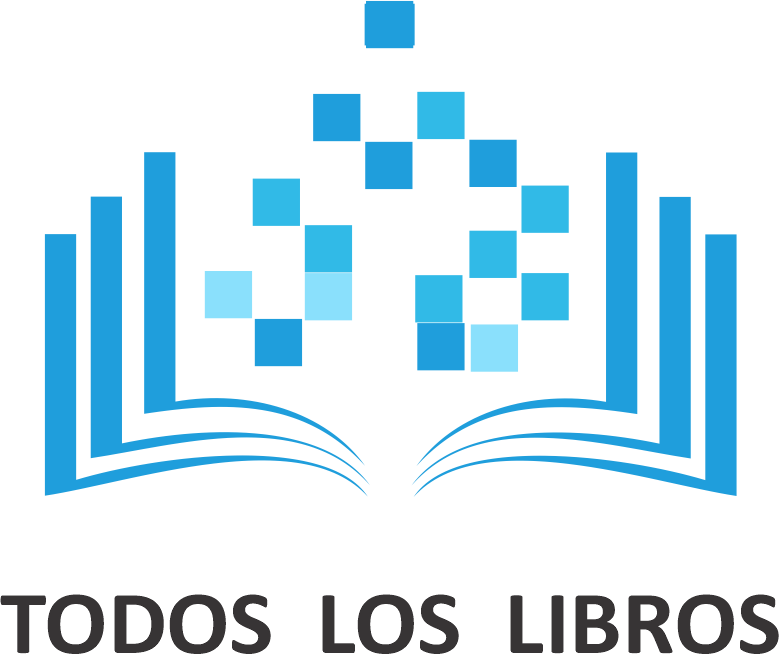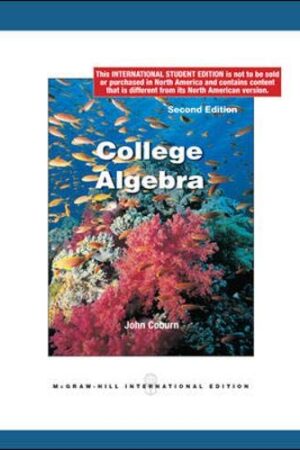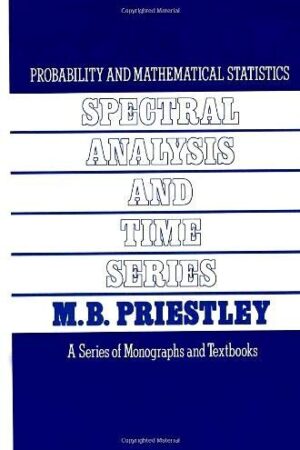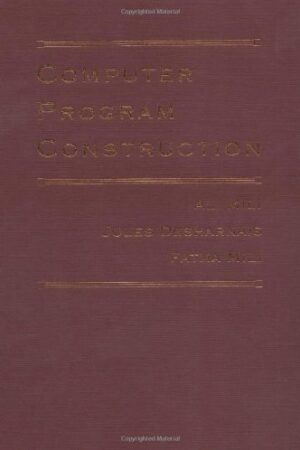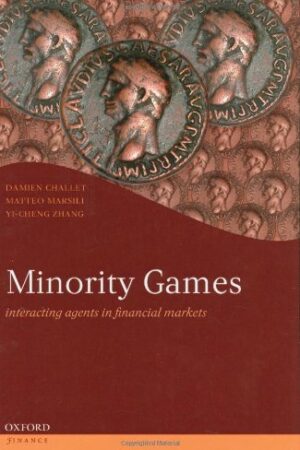Learning Scientific Programming with Python
$944.79
Learn to master basic programming tasks from scratch with real-life, scientifically relevant examples and solutions drawn from both science and engineering. Students and researchers at all levels are increasingly turning to the powerful Python programming language as an alternative to commercial packages and this fast-paced introduction moves from the basics to advanced concepts in one complete volume, enabling readers to gain proficiency quickly. Beginning with general programming concepts such as loops and functions within the core Python 3 language, and moving on to the NumPy, SciPy and Matplotlib libraries for numerical programming and data visualization, this textbook also discusses the use of Jupyter Notebooks to build rich-media, shareable documents for scientific analysis. The second edition features a new chapter on data analysis with the pandas library and comprehensive updates, and new exercises and examples. A final chapter introduces more advanced topics such as floating-point precision and algorithm stability, and extensive online resources support further study. This textbook represents a targeted package for students requiring a solid foundation in Python programming.
| Peso | 37.39 kg |
|---|---|
| ISBN | |
| ISBN13 | |
| Author | |
| Publisher | |
| Binding | |
| Lenguage | |
| Publish Year | |
| Edition | |
| Pages |
Productos relacionados
-
Spectral Analysis and Time Series, Two-Volume Set: Volumes I and II (Volume 1-2)
$2,814.00 Añadir al carritoValorado con 0 de 5 -
Schaums Easy Outline of Linear Algebra Revised (Schaum’s Easy Outlines)
$294.00 Añadir al carritoValorado con 0 de 5 -
Minority Games: Interacting agents in financial markets (Oxford Finance Series)
$2,835.00 Añadir al carritoValorado con 0 de 5
